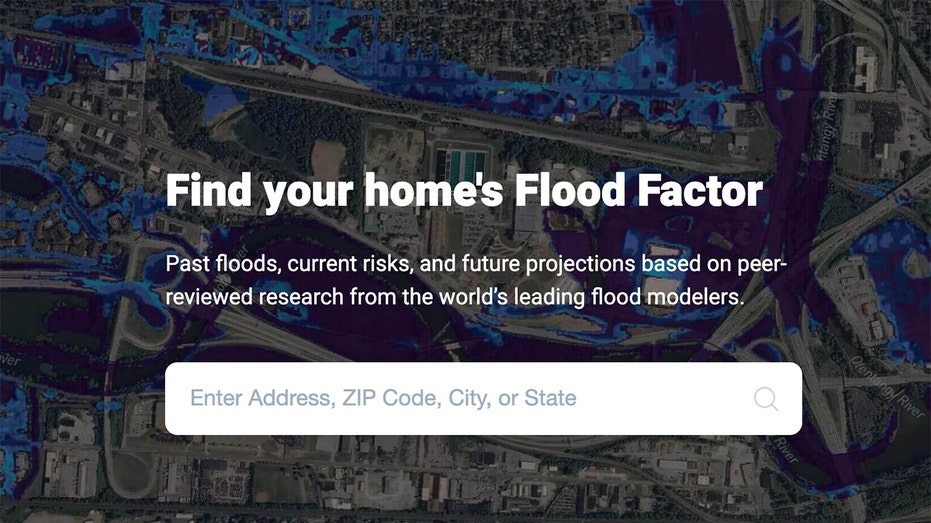

Furthermore, ensuring that Canadians are not left underinsured for their risk is an important consideration for the design of any insurance model.”Īnd the report adds that a carefully designed flood insurance solution can ensure better protection for Canadians, help to share the costs more broadly, and provide incentive for risk reduction. “Making flood coverage more comprehensive and seamless through bundling of flood insurance products is likely to streamline the claim process, improving both financial and mental health outcomes post-flood. “Moving towards clear and standardized language in flood insurance reduces confusion about coverage and allows for a more informed choice for homeowners,” the report states. The Task Force says some standardization is needed in the market. 34.1% is concentrated in the top 1% of highest risk homes. Of the $2.9 billion, 89.3% is concentrated in the top 10% highest risk homes.

The vast majority of risk is concentrated in a small number of the highest risk homes. This amount includes the effects of larger ‘tail risk’ events and reflects more accurate estimations of a number of residences and predicted damages (based on 2020 data). The report notes that the total residential flood risk in Canada is estimated at $2.9 billion per year, which is markedly higher than previous estimates. “A national flood insurance program is a concrete example of the kind of actions that will support the implementation of the National Adaptation Strategy that will help Canadians and communities be better prepared for climate change.”

“As we prepare for the increased impacts of climate change such as flooding, our government is proactively taking steps to ensure communities are better supported and protected,” said Steven Guilbeault, Minister of Environment and Climate Change. Strengthening Canada’s resilience to flooding and other disasters is one of the five focus areas of the Strategy. The National Adaptation Strategy is set to launch by the end of 2022. Work is also underway on the Flood Hazard Identification and Mapping Program and a flood risk portal to make flood risk information more accessible to Canadians.Īlongside provincial, territorial, Indigenous and municipal governments, the federal government is currently developing the country’s first National Adaptation Strategy, to help Canada be more resilient and prepare for the impacts of climate change. It is a valuable first step toward the common goal of reducing the impact of flooding for all Canadians and includes significant progress on flood modeling, and actuarial analysis, and demonstrates climate change adaptation in action.Ĭanada is reviewing the report to inform next steps on the development of a national flood insurance program. The report provides evidence and information required to support decision-making and a way forward on a national flood insurance program, with special considerations for potential strategic relocation of those at most risk. In Canada, flooding is the most common and costly natural disaster, causing costly damage to households, property, and infrastructure annually, with residential property owners bearing approximately 75% of uninsured losses each year. The Canadian government has announced the release of the interdisciplinary Task Force on Flood Insurance and Relocation’s report Adapting to Rising Flood Risk: An Analysis of Insurance Solutions for Canada.


 0 kommentar(er)
0 kommentar(er)
